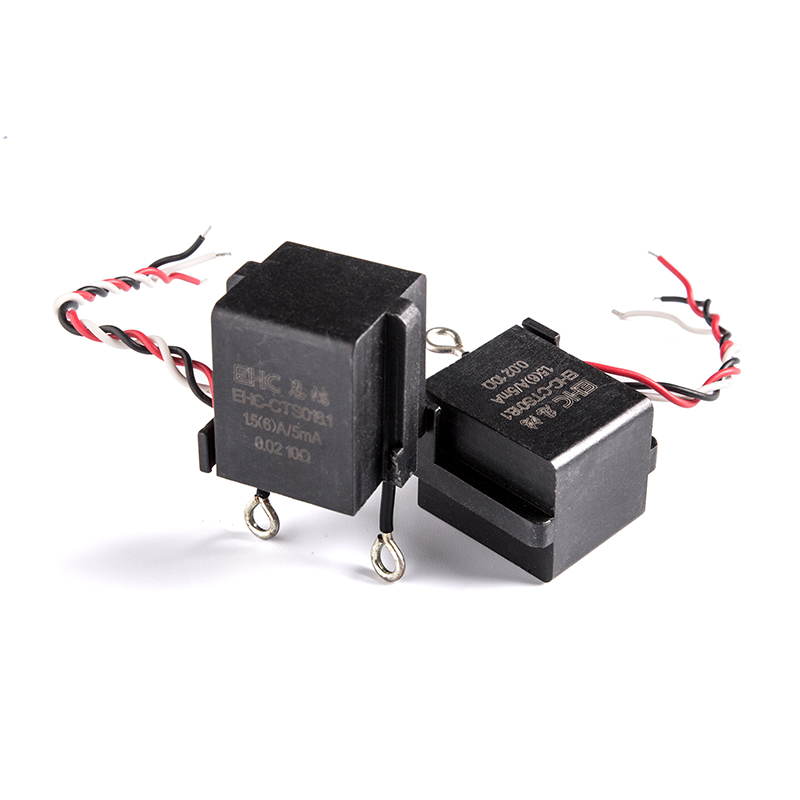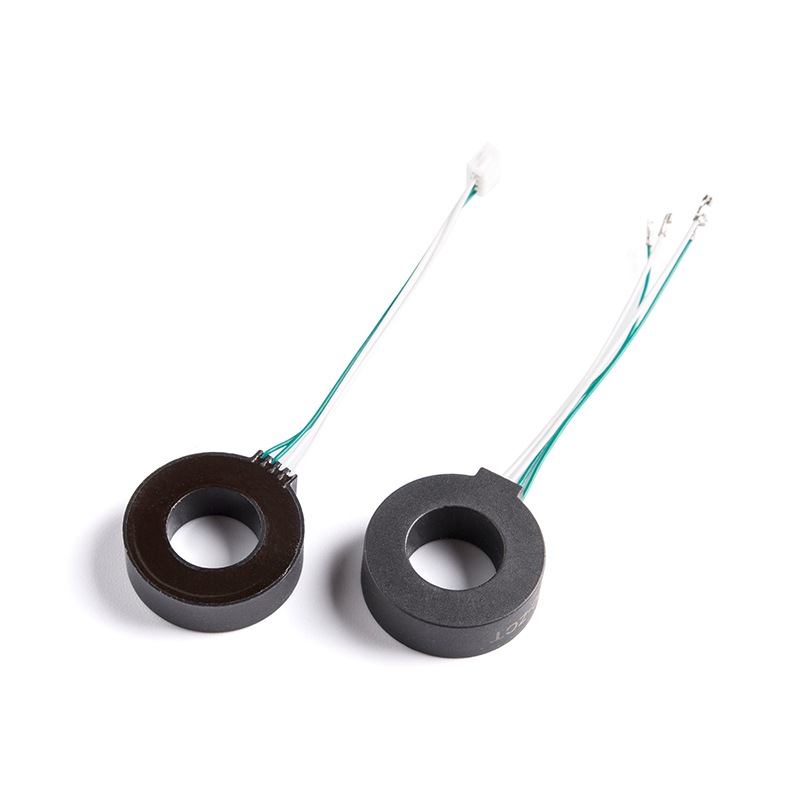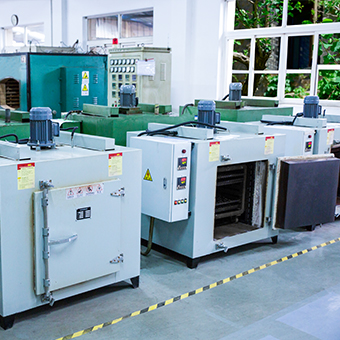A current transformer is an instrument that uses the principle of electromagnetic induction to convert a large current on the primary side into a small current on the secondary side for measurement. A current transformer consists of a closed iron core and windings. Its primary winding has few turns and is connected to the line of the current being measured.
working principle
In power generation, substation, transmission and distribution and power consumption lines, the current varies greatly, ranging from a few amperes to tens of thousands of amperes. In order to facilitate measurement, protection and control, it needs to be converted into a relatively uniform current. In addition, the voltage on the line is generally relatively high, such as direct measurement, which is very dangerous. Current transformers play the role of current transformation and electrical isolation
For the pointer ammeter, the secondary current of the current transformer is mostly in the ampere level (such as 5A, etc.). For digital instruments, the sampling signal is generally at the milliamp level (0-5V, 4-20mA, etc.). The secondary current of the miniature current transformer is milliampere, which mainly acts as a bridge between the large transformer and sampling.
Miniature current transformers are also known as "instrument current transformers". ("Instrument current transformer" has a meaning, it is a multi-current ratio precision current transformer used in the laboratory, which is generally used to expand the instrument range.)
Similar to transformers, current transformers also work on the principle of electromagnetic induction. Transformers convert voltage and current transformers convert current. The winding of the current transformer connected to the measured current (the number of turns is N1) is called the primary winding (or primary winding, the primary winding); the winding connected to the measuring instrument (the number of turns is N2) is called the secondary winding (or two secondary winding). winding, secondary winding).
The current ratio of the primary winding current I1 to the secondary winding I2 of the current transformer is called the actual current ratio K. The current ratio of the current transformer when it works at the rated current is called the rated current ratio of the current transformer, which is represented by Kn.
The function of the current transformer is to convert the current with a larger current value on the primary side into a current with a smaller current value on the secondary side through a certain transformation ratio, which is used for protection, measurement and other purposes. For example, a 400/5 ratio current transformer can convert a real current of 400A to a current of 5A.
Introduction And Working Principle Of Current Transformer
Recommended Products
-
 View More >>
View More >>
Non-Toroidal C-Type Cut Amorphous Nanocrystalline Cores
Industry: Amorphous Nanocrystalline Core
-
 View More >>
View More >>
EHC-VCT Series for Power supply
Industry: Current Transformer
-
 View More >>
View More >>
Transformers Cores Amorphous Nanocrystalline Cores
Industry: Amorphous Nanocrystalline Core
-
 View More >>
View More >>
Amorphous Nanocrystalline Inductor Cores
Industry: Amorphous Nanocrystalline Core
-
 View More >>
View More >>
CTS Series Terminal High Precision Amorphous Nanocrystalline Current Transformers
Industry: Current Transformer
-
 View More >>
View More >>
Rectangular hysteresis loop Cores
Industry: Amorphous Nanocrystalline Core
-
 View More >>
View More >>
High Linear Current Transformers
Industry: Current Transformer
-
 View More >>
View More >>
Common Mode Choke Amorphous Nanocrystalline Inductors
Industry: Amorphous Nanocrystalline Inductors

 English
English 中文简体
中文简体 Deutsch
Deutsch 日本語
日本語

